Pioneering Mount Barker
This year’s Young Gun Top 50 features Galafrey Wines from the oldest Great Southern subregion, Mount Barker.
Diana Madeline Cullen, who passed away in 2003, has her name attached to an elegant Bordeaux blend driven mostly by finely-balanced cabernet sauvignon – not only representing a proud statement of wine production excellence, but also a testament to the intelligent land management that has nurtured a site so closely in tune with its environment.
“They had a great dream to make great wines of Western Australia, and capturing a sense of place in the bottle shows that there is great quality attached to that,” explains their daughter Vanya Cullen, chief winemaker and managing director of Cullen Wines.
The wine perfectly reflects the Cullen family’s aim to most clearly express the Wilyabrup region in Margaret River. Diana and Kevin Cullen were among the pioneers who planted the region’s first vines during 1971, encouraged by scientific papers published by Dr John Gladstones, which began the transformation away from being a very poor rural farming economy – and it succeeded because the Cullen family stuck to core principals of being environmentally sensitive with their viticulture.
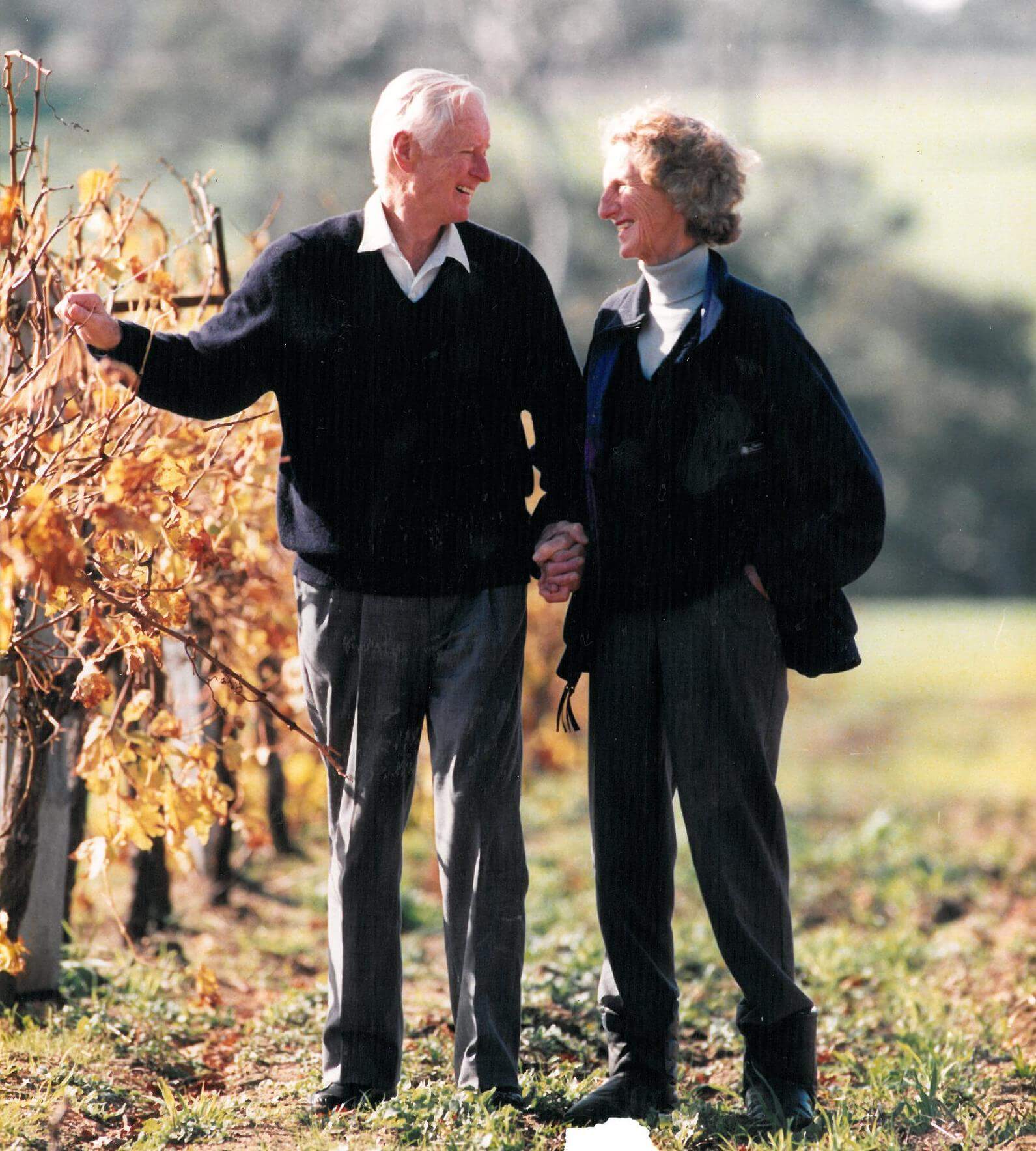
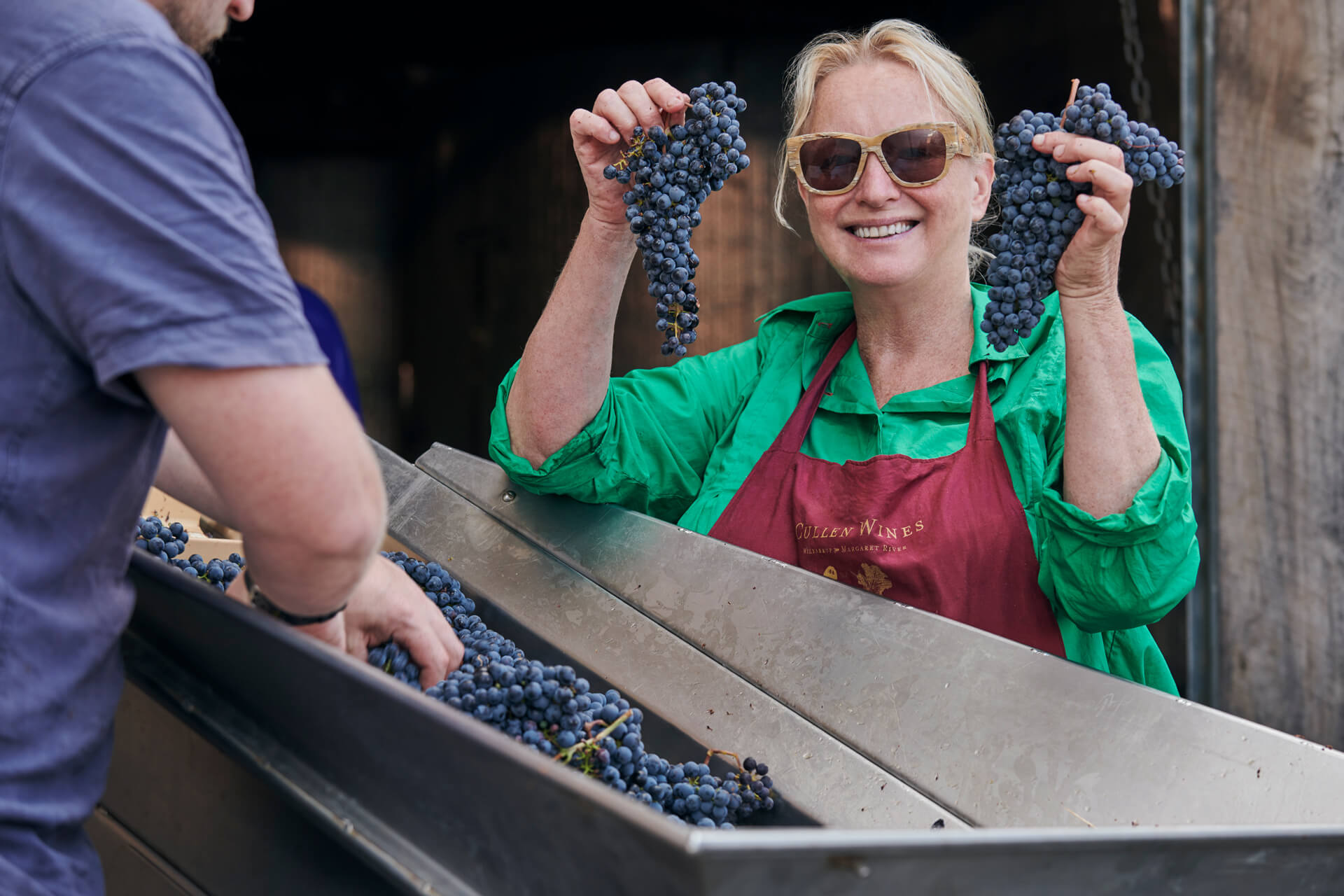
Gladstones’ famous 1966 report,Soil and climate of the Margaret River, compared Margaret River’s climate to Bordeaux, and the stature of Cullen’s expression of cabernet sauvignon speaks volumes about the accuracy of his assessment. With the benefits of cold winds from the south and warm winds from the north, the region enjoys a tempering effect through the grape ripening period, which the Cullens have enhanced through organic farming practices from 1998 – and then, under Vanya’s supervision, to biodynamic certification in 2004.
Vanya believes the transition to biodynamic viticulture practices has helped bring a sense of “completeness” in Cullen wines. “Achieving physiological balance in the fruit results in its ‘aliveness’, and this best represents where a wine comes from,” she says. “If you have to add anything to the wine, you create imbalance. If you have to manipulate the acid, or tannins, or alcohol concentration, then you are interfering with its quality – and that’s something we didn’t have to do because the soil and vines are in balance, and all the aspects come together in the grapes at the same time. There is complete harmony.”
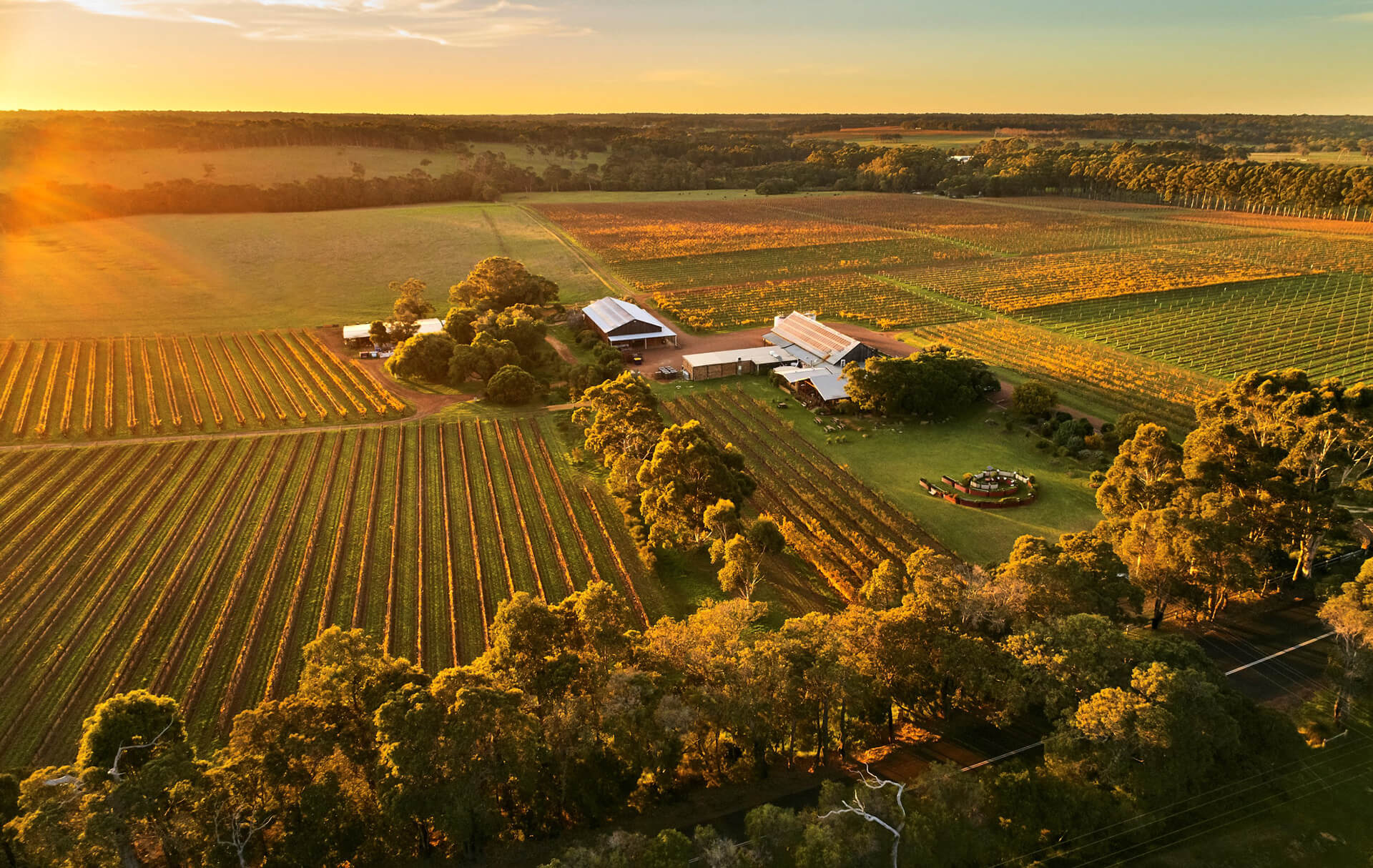
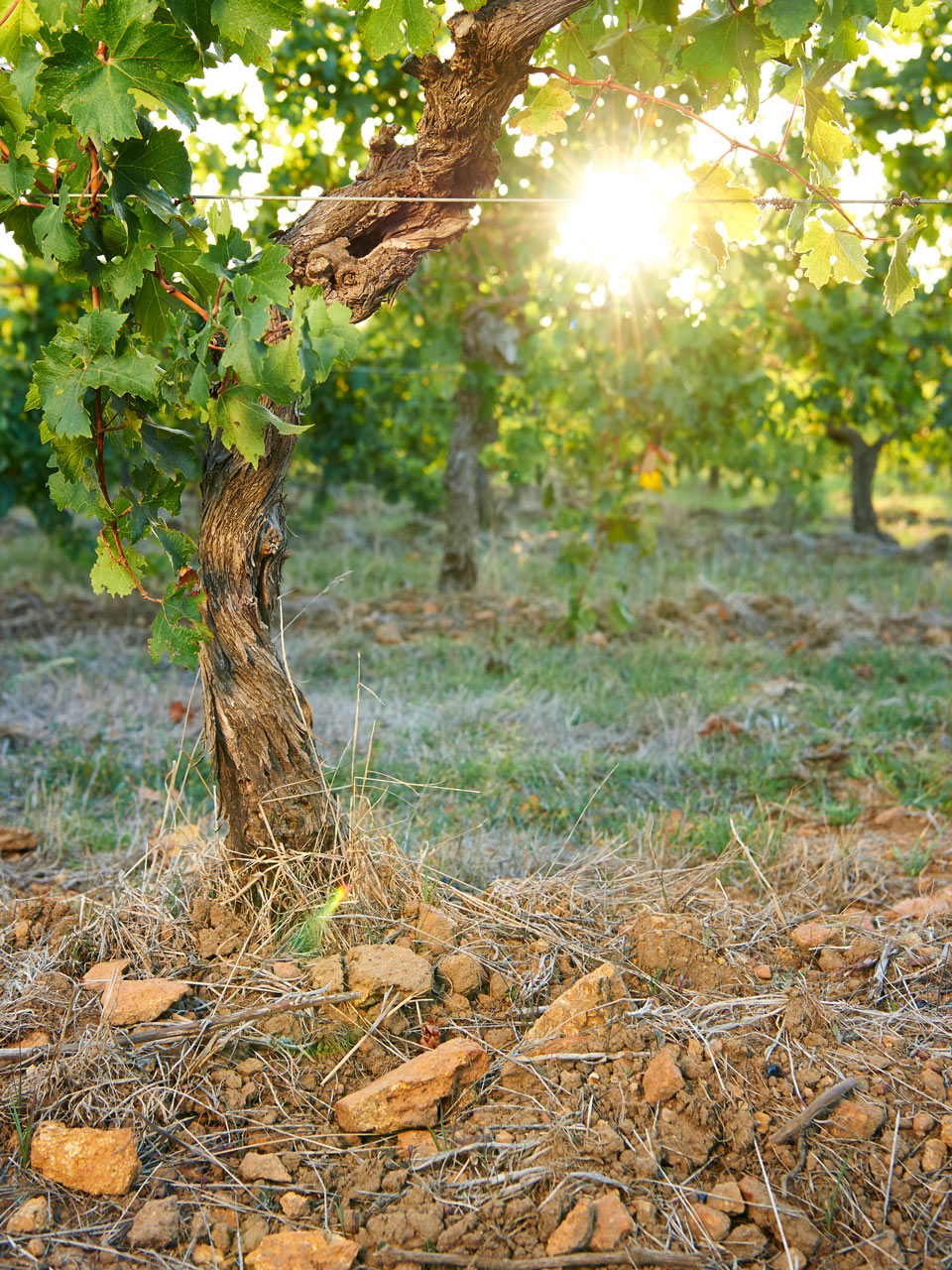
“If you have to add anything to the wine, you create imbalance. If you have to manipulate the acid, or tannins, or alcohol concentration, then you are interfering with its quality – and that’s something we didn’t have to do because the soil and vines are in balance, and all the aspects come together in the grapes at the same time. There is complete harmony.”
The Cullen vineyard’s mix of eight Houghton cabernet clones (sourced from Western Australia’s pioneer Houghton vineyard in the Swan Valley) brings a variety of components that add to the complexity – along with the blending of other classic Bordeaux varieties change vintage to vintage (merlot, cabernet franc and malbec in 2020).
However, Vanya believes the harmony and quality of this wine speaks mostly of the 50-year-old vines establishing their rightful place on Cullen’s Wilyabrup vineyard. “The vines are so old now, and so integrated into the site, that I just say they are the Cullen varieties. When any of the old vines die, they are replaced with selections that have been grown on our own vineyard. I don’t feel that the clonal character is the main subject that should be discussed here.”
Long-winded discussions at wine conferences in Australia about vine clone selection irk Vanya. Climate change is the big issue that demands more fulsome and robust attention, she says.
“It’s more important for all of us to be having an honest examination of our sites and the condition of the soil, and this lies at core of the more important discussion that we all need to be having about wine quality.”
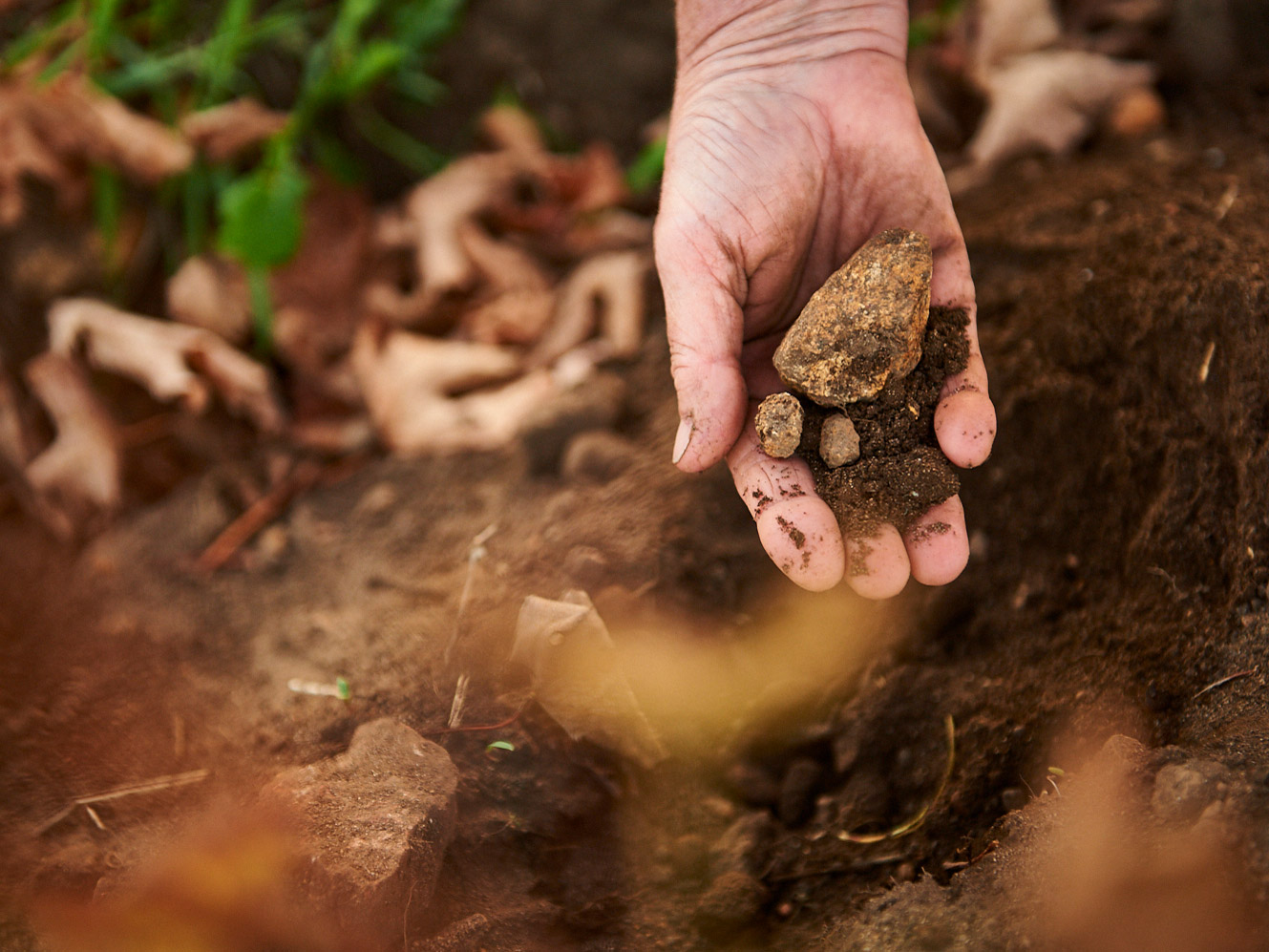
“It’s more important for all of us to be having an honest examination of our sites and the condition of the soil, and this lies at core of the more important discussion that we all need to be having about wine quality,” says Vanya.
“The fundamental requirement is to get soils in better shape. Stop using glyphosate-based weed killer. Start introducing more life into soils so that they can store carbon.”
She’s also frustrated that biodynamics remains only a curious talking point for many in the wine industry rather than becoming a commonly accepted practise. “Stop just talking about biodynamics and start doing it,” she insists. “Stop worrying about weeds. Weeds are just volunteer carbon catchers. By comparison, dead earth is not helping the world. So, if you’re serious about improving the soil, just go ahead and do it – hire a consultant to help you make a long-term strategy and start today.
“It’s much more important for us to be taking action about soil improvement. We need to be taking a holistic, comprehensive, integrated study about each growing site – which is what nature is – rather than scientifically pulling it apart, component by component. We can all make a difference but we all have to start, now.”
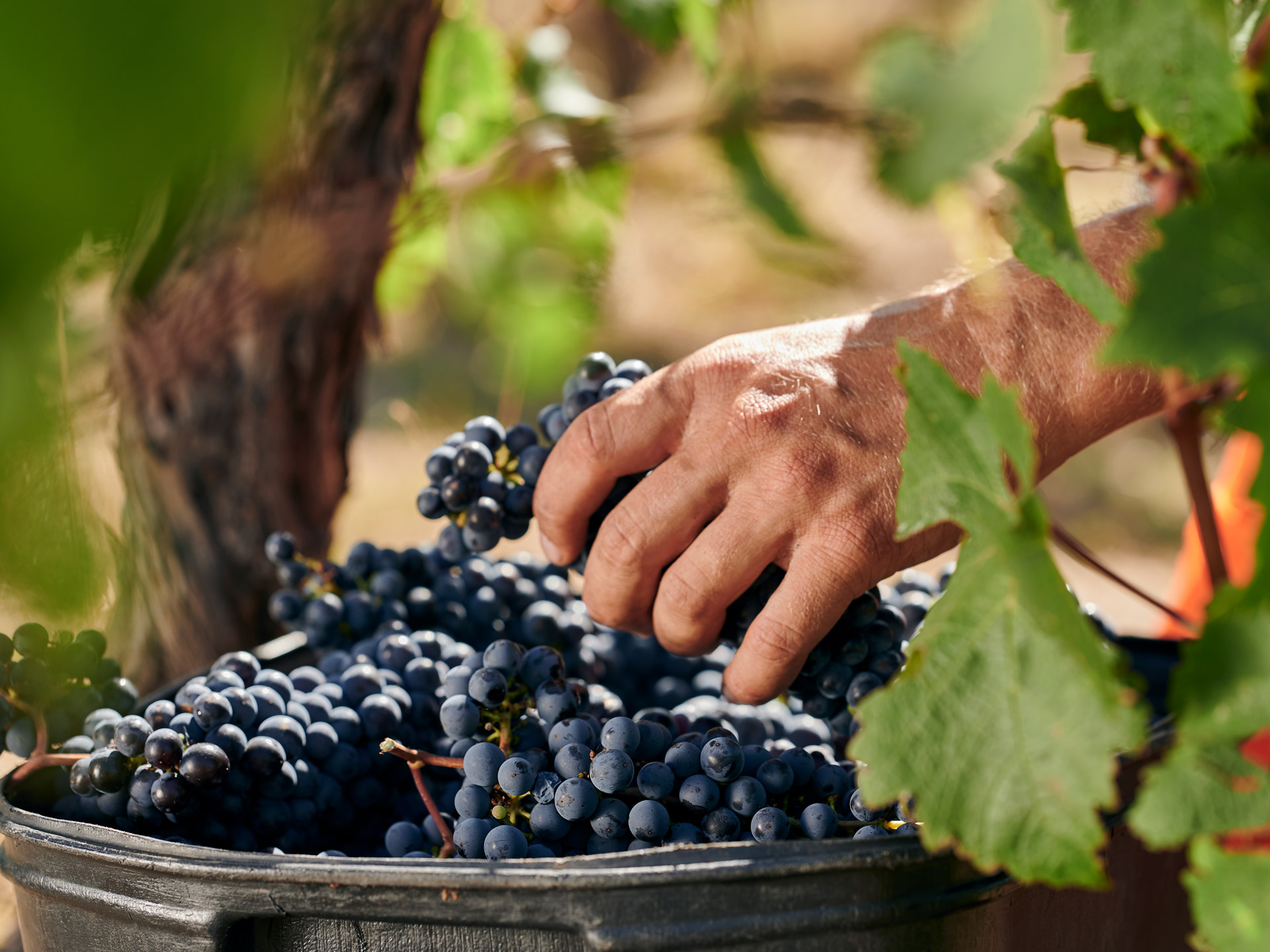
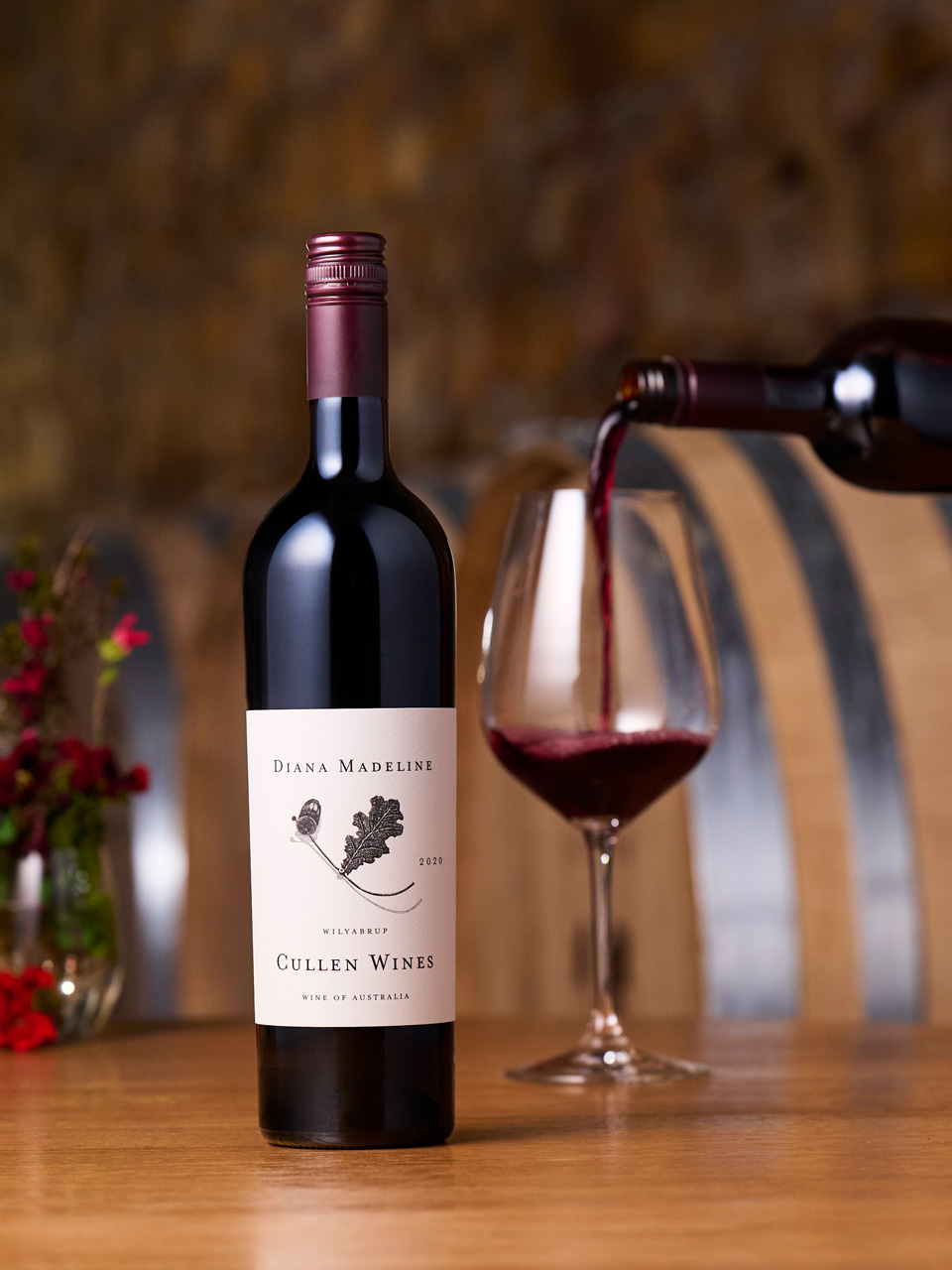
The sum of the parts in this grandiloquent Bordeaux blend equals a complete wine that binds pleasing flavours to a grand palate architecture that will ensure great longevity. There’s ample juicy mulberry, plum and cherry in the front palate, but it’s the fine-grained tannins and ironstone minerality that chisel a handsome mid-palate. With 92% cabernet sauvignon augmented by 4% merlot, 3% cabernet franc and 1% malbec, this blend’s beguiling complexity has been built by design, with various fruit parcels processed in a variety of closed tanks, open fermenters, barrels and amphora, and varying skin contact time from 10 to 99 days. It adds up to delicious savouriness and tannins that bind rather than bite, striking an excellent balance between textural grip and fruit purity.
For all Cullen Wines purchase enquiries, visit their website.
Cullen Wines are a partner of the Wineslinger Awards.
Please sign in or create account as candidate to bookmark this job
Please sign in or create account to save this search

Please sign in or create account as candidate to create a resume